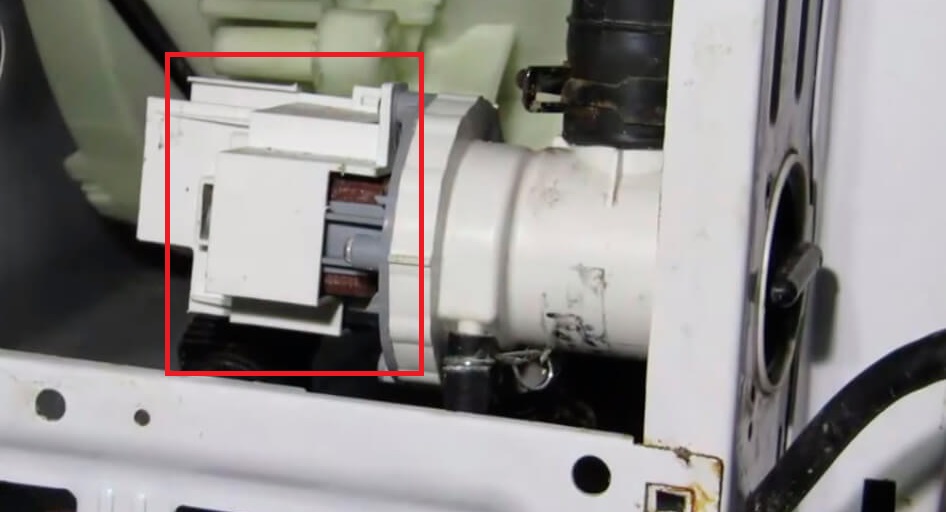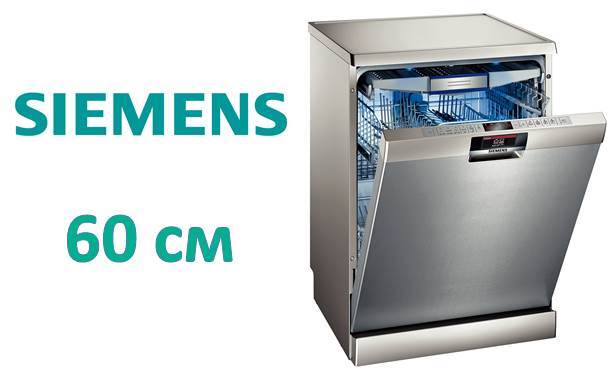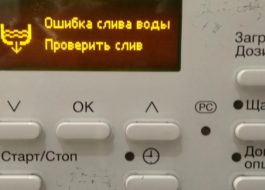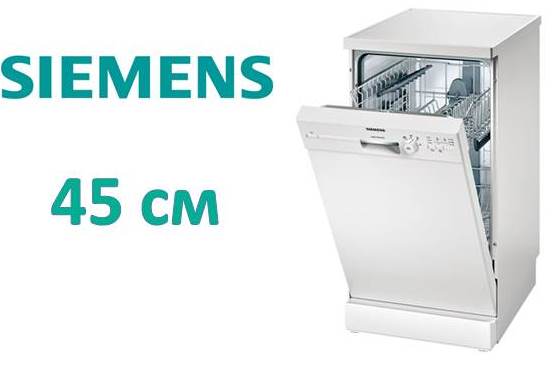Siemens washing machine does not drain water
 If the Siemens washing machine “stands up” with a full tank without completing the wash, it means there are problems with the drainage. The situation is almost standard - it occurs often and can be quickly eliminated at home. The main thing is to correctly identify the “culprit” of the failure by conducting a comprehensive diagnosis of the drainage system. We’ll look at where to start and what you’ll need step by step.
If the Siemens washing machine “stands up” with a full tank without completing the wash, it means there are problems with the drainage. The situation is almost standard - it occurs often and can be quickly eliminated at home. The main thing is to correctly identify the “culprit” of the failure by conducting a comprehensive diagnosis of the drainage system. We’ll look at where to start and what you’ll need step by step.
What “symptoms” indicate a breakdown?
It is quite easy to suspect drainage problems on a Siemens washing machine. Such a breakdown is accompanied by many telling “symptoms” that clearly indicate a failure has occurred. As a rule, you can guess about a non-functioning drain by the following signs:
- the water drains very slowly (instead of 2-4 minutes, the drain lasts 5 or more);
- The program periodically “flies” - the specified settings are lost, the machine freezes;
- when switching to draining or rinsing, the machine freezes and displays an error;
- the water does not drain completely - things remain unusually wet;
- the drain works intermittently: sometimes the water leaves, sometimes it remains in the tank;
- Spin does not start.

Sometimes the drain only slows down, increasing the duration of the cycle. If the machine does not drain the water at all, the program will stop without completing and the tank will remain full. The second situation is worse, since the washed items will be “locked”: due to the large amount of water, the security system will not allow the hatch to be opened.
Do not try to open a tank full of water - it is unsafe!
Drainage problems arise for the following reasons:
- the hose connecting the tank to the pump is clogged;
- the pump impeller is blocked by a foreign object or debris;
- the garbage filter is clogged, preventing water from flowing into the sewer;
- the pump is dirty or broken;
- there is an external blockage (in the general sewer or siphon);
- The drainage hose is “covered” due to blockage or squeezing.
Sometimes the self-diagnosis system will tell you what to do to fix the drain. Modern Siemens washing machines can automatically check the functioning of components and, if problems are detected, report them to the user with an error code. All that remains is to rewrite the combination and find the decoding in the factory instructions. If the display is “clean,” then you will have to act manually: sequentially check all drainage elements.
Main filter element
If the machine does not drain water, then the first thing to check is the garbage filter. It often becomes clogged with hair, lint and other debris that gets into the machine. To restore the drain, just clean the nozzle - unscrew and rinse under the tap. It’s not difficult to do it yourself, the main thing is to follow the instructions:
- disconnect the machine from communications (remove the plug from the socket, turn off the water);
- Find the false panel in the lower right corner of the case;
- pry up the panel with a flat screwdriver, release the latches and move it to the side;
- tilt Siemens back;

- place a container under the filter;
- use a cloth to protect yourself - water will flow out during the twisting process;
- grasp the protruding part of the filter cover;
- slowly turn the filter clockwise;
- collect water;
- Unscrew the nozzle completely.
Having unscrewed the filter, we begin cleaning. Sometimes it is enough to wash the nozzle under the tap with soap. If the “spiral” is covered with a thick layer of dirt and plaque, then clean the “trash can” with a toothbrush or soak it in a warm lemon solution. You should avoid hot water - in boiling water the plastic and rubber gasket are deformed.
Immediately remove dirt from the filter seat using a toothbrush or dish sponge. After “cleaning”, screw the nozzle tightly and snap the false panel into place. Then we connect the Siemens washing machine to the communications and start the test cycle. Has the drain been restored? So the problem is solved.
The pump does not work
If the garbage filter was clean or washing it did not help solve the problem, then the diagnosis needs to be continued. This time we go further - to the drain pump. It’s better not to stop at all after unscrewing the “trash can”, but to carry out a comprehensive cleaning of the drainage.
First of all, we assess the condition of the impeller. It is located on the pump and is often blocked by a clump of hair or hard debris. The blades, which are supposed to give direction to the sewage, stop and the water stops being pumped out. The problem is solved by inspecting and cleaning the screw:
- We illuminate the hole free from the garbage filter with a flashlight;
- we look out for the impeller - the blades on the pump;
- assess the contamination of the part;
- We are trying to spin the impeller.
If the blades stop due to blockage, then it is necessary to remove all adhering debris. Then we return the impeller and start a quick wash. Has the drain improved? If the answer is negative, unscrew the filter again and continue the diagnosis. The drain pump has probably failed. You can identify a breakdown with a simple test: turn on the automatic spin cycle, shine a flashlight on the impeller and look at its behavior. If the machine hums and the blades do not move, it means the mechanism is damaged. Repairing a pump is too time-consuming and difficult - it’s easier and cheaper to buy a new one.
The analogue is selected according to the serial number of the Siemens washing machine. The cost of the pump depends on the supplier and ranges from 1-3 thousand rubles. You can install the pump yourself: dismantle the old device, disconnecting the wiring and pipes, and fix a working spare part in its place. Then we start the wash. If the drain still does not work, contact the service.
Interesting:
Reader comments
- Share your opinion - leave a comment





















Add a comment